Growing lettuce at home can be incredibly rewarding, offering fresh, crisp greens right at your fingertips! Imagine stepping outside your door and harvesting a salad just minutes before dinner. No more wilted, store-bought lettuce – just vibrant, flavorful leaves bursting with homegrown goodness. But let’s be honest, sometimes the dream of a thriving lettuce patch feels a little out of reach, doesn’t it?
For centuries, cultivating your own food has been a cornerstone of self-sufficiency and a connection to the earth. From ancient Roman gardens to victory gardens during wartime, the ability to growing lettuce at home and other vegetables has provided sustenance and a sense of empowerment. Today, that tradition continues, but with a modern twist. We’re all looking for ways to eat healthier, save money, and reduce our environmental impact.
That’s where these DIY tricks and hacks come in! I’m going to share some simple, yet effective, techniques to help you overcome common challenges like pests, poor soil, and limited space. Whether you’re a seasoned gardener or a complete beginner, these tips will empower you to successfully grow your own delicious lettuce and enjoy the satisfaction of a truly homegrown harvest. Get ready to transform your backyard, balcony, or even a sunny windowsill into a thriving lettuce oasis!
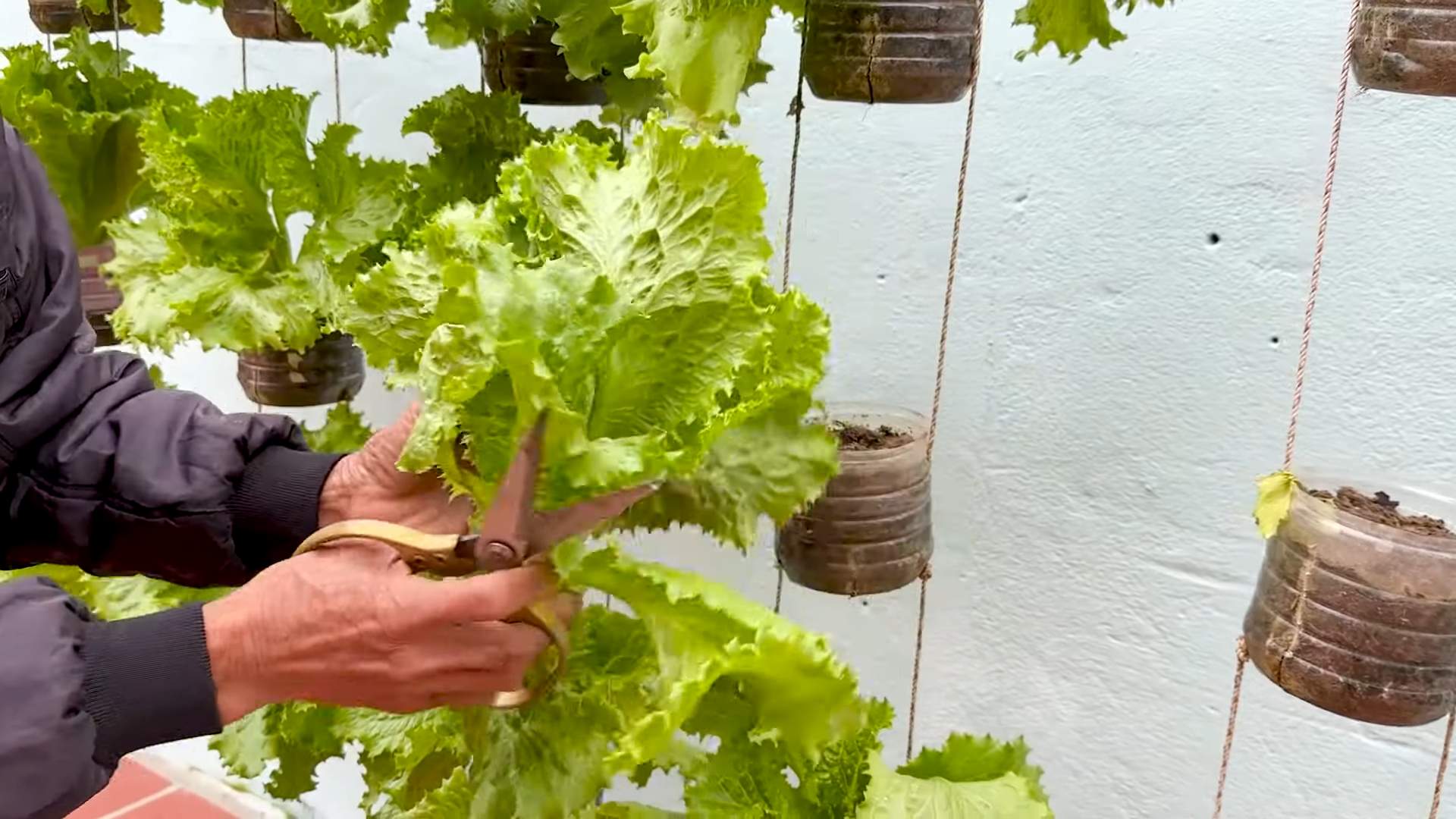
Growing Lettuce at Home: A Beginner’s Guide
Hey there, fellow gardening enthusiasts! I’m so excited to share my tried-and-true method for growing delicious, crisp lettuce right in your own backyard (or even on your balcony!). Forget those sad, wilted heads at the grocery store – with a little effort, you can have a constant supply of fresh, organic lettuce whenever you want it. Let’s get started!
Choosing Your Lettuce Varieties
First things first, let’s talk about lettuce types. There’s a whole world of leafy greens out there, and picking the right ones for your taste and climate is key. Here’s a quick rundown:
* Loose-leaf lettuce: This is probably the easiest type to grow. It doesn’t form a head, and you can harvest leaves as needed, allowing the plant to keep producing. Think varieties like Black Seeded Simpson, Red Sails, and Oakleaf.
* Butterhead lettuce: These form loose, buttery heads with tender leaves. Boston and Bibb are popular choices.
* Romaine lettuce: Known for its upright, elongated heads and crisp texture, Romaine is a staple for Caesar salads.
* Crisphead lettuce: This is the classic iceberg lettuce you find in supermarkets. It’s a bit more challenging to grow than other types, but definitely doable with the right conditions.
My personal favorites are loose-leaf varieties because they’re so forgiving and productive. I usually plant a mix of different colors and textures for a beautiful and tasty salad blend.
Getting Started: Seeds vs. Seedlings
You have two options when starting your lettuce garden: seeds or seedlings.
* Seeds: Starting from seed is more economical and gives you a wider variety to choose from. However, it requires a bit more patience and attention.
* Seedlings: Buying seedlings from a nursery is a quicker way to get started. Just make sure to choose healthy-looking plants with no signs of pests or disease.
I usually start my lettuce from seed indoors, especially for early spring plantings. This gives them a head start before the weather warms up.
Step-by-Step Guide to Growing Lettuce
Okay, let’s dive into the nitty-gritty! Here’s my step-by-step guide to growing lettuce at home:
Section 1: Starting Lettuce from Seed (Optional)
If you’re going the seed route, here’s how to get those little guys germinating:
1. Gather your supplies: You’ll need seed starting trays or small pots, seed starting mix (a light, sterile soil), lettuce seeds, and a spray bottle.
2. Fill the trays/pots: Moisten the seed starting mix and fill your trays or pots, leaving about half an inch of space at the top.
3. Sow the seeds: Sprinkle a few lettuce seeds on top of the soil in each cell or pot. Lettuce seeds are tiny, so don’t bury them too deep. A light dusting of soil is all they need.
4. Water gently: Use a spray bottle to mist the soil. You want to keep it moist but not soggy.
5. Provide light: Place the trays or pots under grow lights or in a sunny windowsill. Lettuce seeds need light to germinate.
6. Keep it warm: The ideal temperature for lettuce seed germination is between 60-70°F (15-21°C).
7. Wait patiently: Lettuce seeds usually germinate within 7-10 days.
8. Thin the seedlings: Once the seedlings have their first true leaves (the second set of leaves), thin them out, leaving only the strongest seedling in each cell or pot.
Section 2: Preparing Your Garden Bed or Container
Whether you’re planting in the ground or in containers, proper soil preparation is crucial.
1. Choose a sunny spot: Lettuce needs at least 6 hours of sunlight per day.
2. Prepare the soil: Lettuce prefers well-drained, fertile soil with a pH between 6.0 and 7.0. Amend the soil with compost or well-rotted manure to improve its fertility and drainage.
3. For garden beds: Remove any weeds, rocks, and debris from the planting area. Loosen the soil to a depth of at least 6 inches.
4. For containers: Choose a container that is at least 6 inches deep and has drainage holes. Use a good quality potting mix.
5. Water the soil: Before planting, water the soil thoroughly to moisten it.
Section 3: Planting Your Lettuce
Now for the fun part – getting those lettuce plants in the ground!
1. Harden off seedlings (if applicable): If you started your lettuce from seed indoors, you’ll need to harden them off before transplanting them outdoors. This means gradually exposing them to outdoor conditions over a period of 7-10 days. Start by placing them in a sheltered spot outdoors for a few hours each day, gradually increasing the amount of time they spend outside.
2. Space the plants: Space lettuce plants according to the variety. Loose-leaf lettuce can be planted closer together (4-6 inches apart), while head lettuce needs more space (8-12 inches apart).
3. Dig the holes: Dig holes that are slightly larger than the root ball of the seedlings.
4. Plant the seedlings: Gently remove the seedlings from their trays or pots and place them in the holes. Make sure the top of the root ball is level with the soil surface.
5. Fill in the holes: Fill in the holes with soil and gently firm the soil around the plants.
6. Water thoroughly: Water the plants thoroughly after planting.
Section 4: Caring for Your Lettuce
Lettuce is relatively easy to care for, but here are a few tips to keep your plants happy and healthy:
1. Water regularly: Lettuce needs consistent moisture, especially during hot weather. Water deeply whenever the top inch of soil feels dry.
2. Fertilize lightly: Lettuce is a light feeder, so you don’t need to fertilize it heavily. A side dressing of compost or a diluted liquid fertilizer every few weeks is sufficient.
3. Weed regularly: Keep the planting area free of weeds, which can compete with lettuce for nutrients and water.
4. Protect from pests: Lettuce can be susceptible to pests like aphids, slugs, and snails. Inspect your plants regularly and take action if you see any signs of infestation. I like using organic pest control methods like insecticidal soap or diatomaceous earth.
5. Mulch: Apply a layer of mulch around the plants to help retain moisture, suppress weeds, and keep the soil cool. Straw, shredded leaves, or wood chips are good options.
Section 5: Harvesting Your Lettuce
The best part of growing your own lettuce is, of course, harvesting it!
1. Harvest loose-leaf lettuce: You can start harvesting loose-leaf lettuce as soon as the leaves are big enough to eat. Simply snip off the outer leaves with scissors or a knife, leaving the inner leaves to continue growing.
2. Harvest butterhead and romaine lettuce: Harvest these types of lettuce when the heads are firm and well-formed. Cut the head off at the base of the plant.
3. Harvest crisphead lettuce: Harvest crisphead lettuce when the heads are firm and dense. Cut the head off at the base of the plant.
4. Harvest in the morning: The best time to harvest lettuce is in the morning, when the leaves are crisp and cool.
5. Wash and store: Wash the lettuce leaves thoroughly and store them in a plastic bag in the refrigerator. They should keep for several days.
Troubleshooting Common Lettuce Problems
Even with the best care, you might encounter some problems while growing lettuce. Here are a few common issues and how to deal with them:
* Bolting: Bolting is when lettuce plants send up a flower stalk and the leaves become bitter. This usually happens when the weather gets too hot. To prevent bolting, plant lettuce in a shady spot or during cooler months. You can also choose bolt-resistant varieties.
* Aphids: Aphids are small, sap-sucking insects that can infest lettuce plants. They can be controlled with insecticidal soap or by introducing beneficial insects like ladybugs.
* Slugs and snails: Slugs and snails can damage lettuce leaves by eating holes in them. You can control them by handpicking them off the plants, using slug bait, or creating barriers around the plants.
* Downy mildew: Downy mildew is a fungal disease that can cause yellow spots on lettuce leaves. To prevent downy mildew, provide good air circulation and avoid overhead watering.
Extending Your Lettuce Season
Want to enjoy fresh lettuce for as long as possible? Here are a few tips for extending your lettuce season:
* Succession planting: Plant new
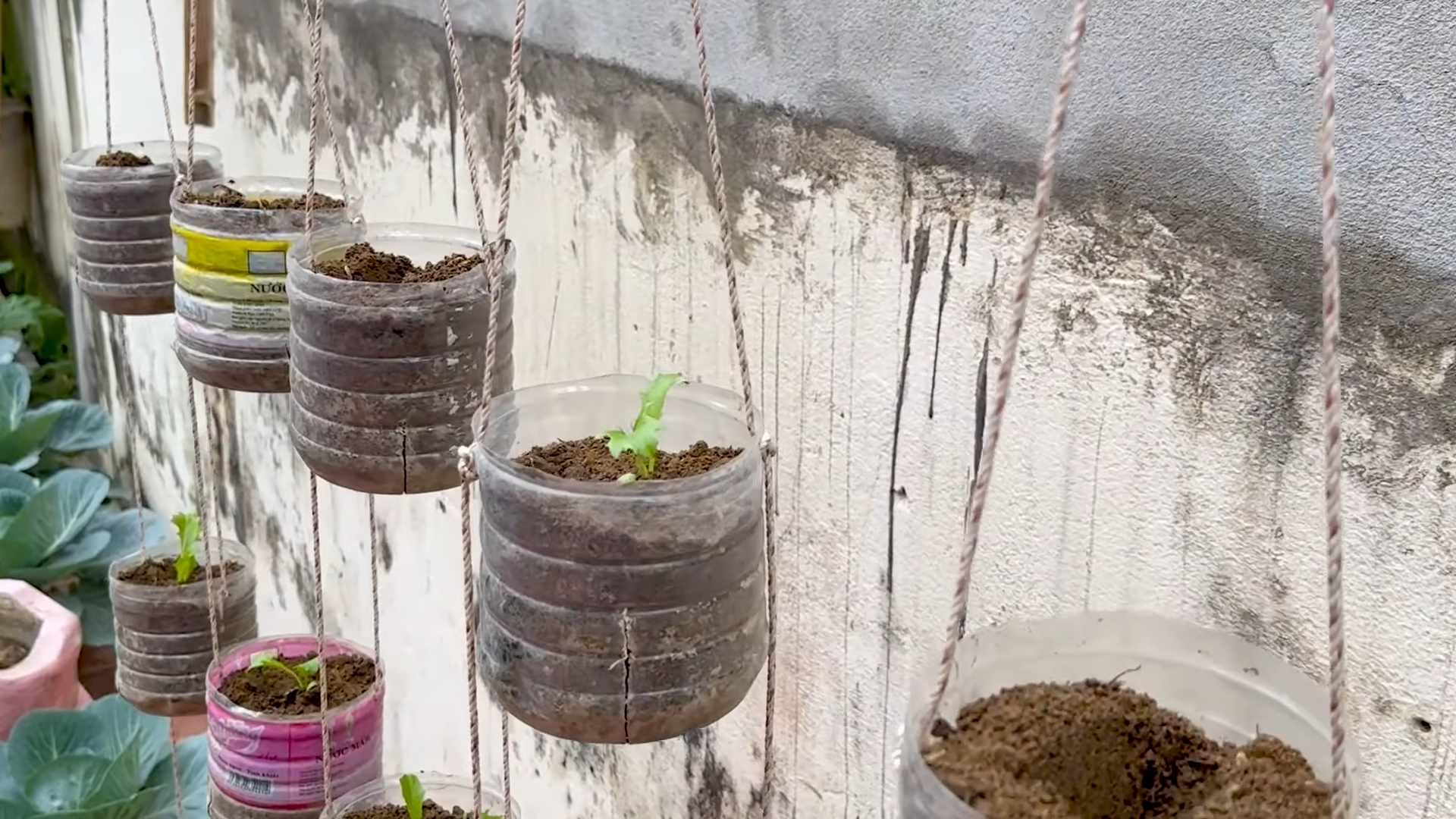
Conclusion
So, there you have it! Growing lettuce at home isn’t just a whimsical gardening fantasy; it’s a genuinely achievable and rewarding experience that puts fresh, crisp greens right at your fingertips. We’ve walked through the simple steps, debunked common myths, and armed you with the knowledge to cultivate your own thriving lettuce patch, even if you’re a complete beginner.
Why is this DIY trick a must-try? Because it transcends the simple act of growing food. It’s about reclaiming control over your diet, reducing your carbon footprint by minimizing trips to the grocery store and reliance on commercially grown produce, and connecting with nature in a tangible way. Imagine the satisfaction of harvesting your own salad ingredients just minutes before dinner, knowing exactly where they came from and what went into their growth. The taste difference alone is worth the effort – homegrown lettuce boasts a vibrancy and freshness that store-bought varieties simply can’t match.
Beyond the practical benefits, growing lettuce at home is also incredibly therapeutic. The gentle rhythm of planting, watering, and tending to your lettuce can be a calming and meditative experience, offering a welcome respite from the stresses of daily life. It’s a chance to slow down, connect with the earth, and witness the miracle of growth firsthand.
But the beauty of this DIY project lies in its adaptability. Feel free to experiment with different lettuce varieties to discover your favorites. Try a mix of loose-leaf lettuces like romaine, butterhead, and red leaf for a colorful and flavorful salad blend. Or, if you prefer a more structured head lettuce, consider iceberg or bibb. You can also explore different growing methods. While we’ve focused on container gardening, you can easily adapt these techniques to raised beds or even a traditional garden plot.
Consider companion planting to enhance your lettuce’s growth and deter pests naturally. Marigolds, for example, are known to repel nematodes and other harmful insects. Basil can also be a beneficial companion, attracting pollinators and improving the overall health of your lettuce plants.
For those with limited space, vertical gardening is an excellent option. You can create a stunning lettuce wall using stacked planters or hanging baskets, maximizing your growing area and adding a touch of greenery to your balcony or patio.
And don’t forget about succession planting! By sowing new lettuce seeds every few weeks, you can ensure a continuous harvest throughout the growing season. This will prevent you from being overwhelmed with lettuce all at once and ensure a steady supply of fresh greens for your salads, sandwiches, and other culinary creations.
We’ve given you the foundation, now it’s time to get your hands dirty! We wholeheartedly encourage you to embark on this rewarding journey of growing lettuce at home. It’s easier than you think, and the benefits are immeasurable.
So, grab your seeds, prepare your soil, and get ready to experience the joy of harvesting your own homegrown lettuce. We’re confident that you’ll be amazed by the results.
But don’t just take our word for it. Try it yourself and see! And most importantly, we want to hear about your experience. Share your successes, your challenges, and your tips with us in the comments below. Let’s create a community of home gardeners who are passionate about growing their own fresh, delicious lettuce. We can’t wait to see what you grow!
Frequently Asked Questions (FAQ)
Q: What is the best time of year to start growing lettuce?
A: Lettuce is a cool-season crop, meaning it thrives in temperatures between 60°F and 70°F (15°C and 21°C). The best time to start growing lettuce is in early spring or late summer/early fall. In warmer climates, you can grow lettuce throughout the winter months. Avoid planting lettuce during the hottest part of the summer, as high temperatures can cause it to bolt (go to seed), resulting in bitter-tasting leaves.
Q: What kind of soil is best for growing lettuce?
A: Lettuce prefers well-draining soil that is rich in organic matter. A loamy soil with a pH between 6.0 and 7.0 is ideal. You can improve your soil by adding compost, aged manure, or other organic amendments. Avoid heavy clay soils, as they can retain too much moisture and lead to root rot. If you’re growing lettuce in containers, use a high-quality potting mix specifically formulated for vegetables.
Q: How much sunlight does lettuce need?
A: Lettuce needs at least 6 hours of sunlight per day to grow properly. However, in hotter climates, it can benefit from some afternoon shade to prevent bolting. If you’re growing lettuce indoors, use grow lights to provide adequate light.
Q: How often should I water my lettuce?
A: Lettuce needs consistent moisture to thrive. Water your lettuce regularly, especially during dry periods. Aim to keep the soil consistently moist but not waterlogged. Check the soil moisture by sticking your finger into the soil about an inch deep. If it feels dry, it’s time to water. Avoid overhead watering, as this can lead to fungal diseases. Instead, water at the base of the plants.
Q: What are some common pests and diseases that affect lettuce?
A: Common pests that affect lettuce include aphids, slugs, snails, and cutworms. You can control these pests by handpicking them off the plants, using insecticidal soap, or applying diatomaceous earth. Common diseases that affect lettuce include downy mildew, powdery mildew, and leaf spot. You can prevent these diseases by providing good air circulation, avoiding overhead watering, and using disease-resistant varieties.
Q: How do I know when my lettuce is ready to harvest?
A: Lettuce is ready to harvest when the leaves are large enough to eat. You can harvest individual leaves as needed, or you can harvest the entire head at once. To harvest individual leaves, simply snip them off at the base of the plant. To harvest the entire head, cut it off at the base of the stem.
Q: How do I store harvested lettuce?
A: To store harvested lettuce, wash it thoroughly and dry it with a salad spinner or paper towels. Store the lettuce in a plastic bag or container in the refrigerator. Lettuce will typically last for about a week in the refrigerator.
Q: Can I grow lettuce indoors?
A: Yes, you can grow lettuce indoors, especially if you are using hydroponics. Choose a sunny location or use grow lights to provide adequate light. Use a well-draining potting mix and water regularly. You can also grow lettuce in a hydroponic system, which can be a great option for indoor gardening.
Q: What are some good companion plants for lettuce?
A: Good companion plants for lettuce include carrots, radishes, onions, garlic, and marigolds. These plants can help to deter pests and improve the overall health of your lettuce plants. Avoid planting lettuce near fennel, as it can inhibit its growth.
Q: My lettuce is bolting. What can I do?
A: Bolting is when lettuce goes to seed, which can make the leaves taste bitter. Bolting is usually caused by hot weather or stress. To prevent bolting, plant lettuce in a cool, shady location, water it regularly, and harvest it before it gets too mature. If your lettuce does bolt, you can still harvest the leaves, but they may not taste as good.

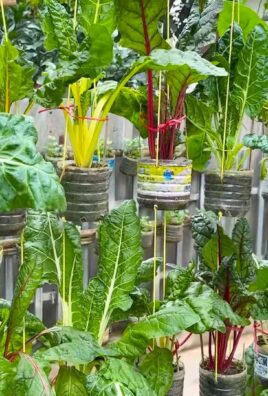
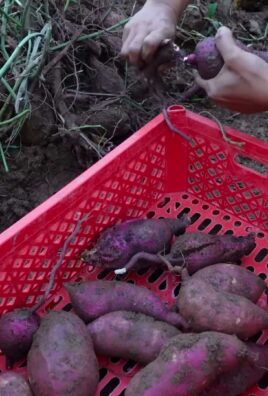
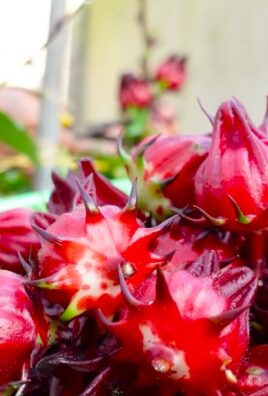
Leave a Comment